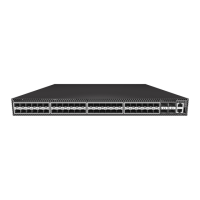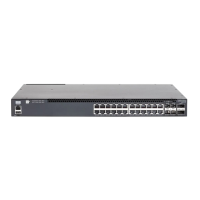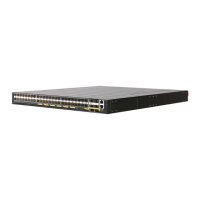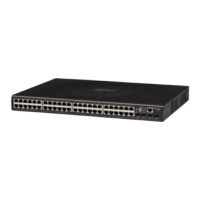– 41 –
6 Port Connections
This chapter includes these sections:
◆ “Cable Labeling and Connection Records” on page 41
◆ “Copper Cabling Guidelines” on page 42
◆ “Fiber Cabling Guidelines” on page 44
◆ “How to Connect to Twisted-Pair Copper Ports” on page 45
◆ “How to Install a QSFP+ Transceiver” on page 46
◆ “How to Connect to QSFP+ Fiber Optic Ports” on page 47
◆ “DAC Connections” on page 48
Cable Labeling and Connection Records
When planning a network installation, it is essential to label the opposing ends of
cables and to record where each cable is connected. Doing so will enable you to
easily locate inter-connected devices, isolate faults and change your topology
without need for unnecessary time consumption.
To effectively manage a network’s physical deployment, follow these guidelines:
◆ Clearly label the opposing ends of each cable.
◆ Using your building’s floor plans, draw a map of the location of all network-
connected equipment. For each piece of equipment, identify the devices to
which it is connected.
◆ Note the length of each cable and the maximum cable length supported by the
switch ports.
◆ For ease of understanding, use a location-based key when assigning prefixes to
your cable labeling.
◆ Use sequential numbers for cables that originate from the same equipment.
◆ Differentiate between racks by naming accordingly.
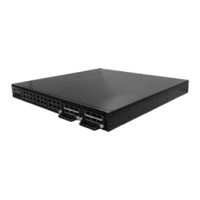
